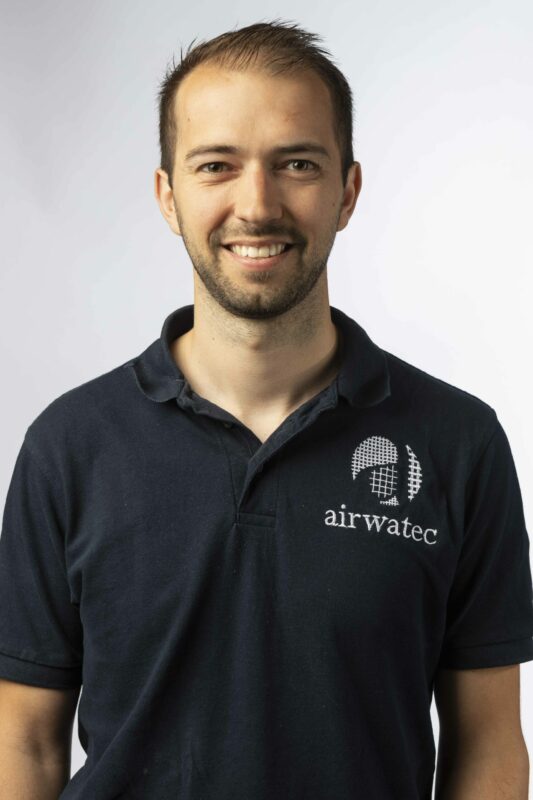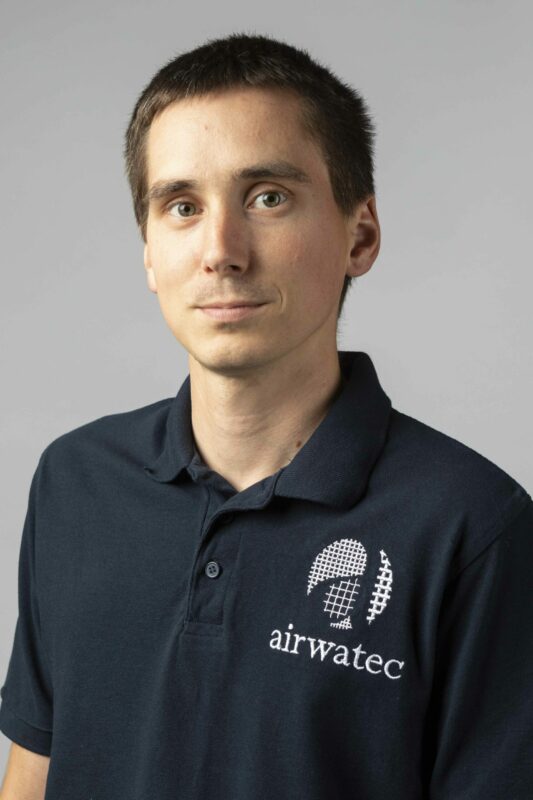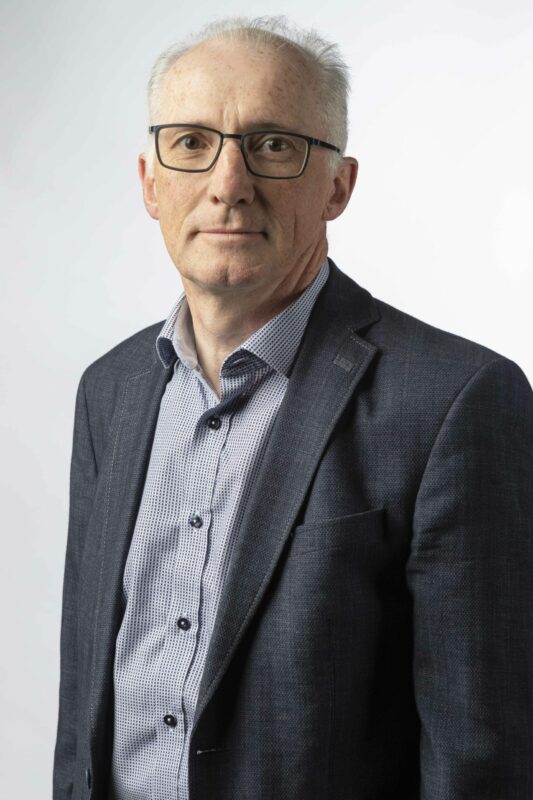- Why invest in an Airwatec dust removal system?
“Our interventions are not only technical but also fundamentally human. The primary objective of capturing and filtering fine dust from polluted air is to protect both operators in the field and their machinery. This dual protection positively impacts worker health and reduces both sick leave and maintenance costs. Our filtration elements are of high quality and therefore represent sustainable investments. Additionally, the system captures valuable dust that can be recovered and recycled as raw material.
- How does Airwatec filter quality differ from the competition?
“Our filter elements are not born from sudden inspiration. We’ve been living and breathing air filtration and dust removal for nearly 40 years. Our technical designs are precise, and components are selected for their reliability and efficiency. All manufacturing takes place in Europe. We are not interested in low-cost, low-quality solutions.
Our systems are based on a straightforward principle, but require precise component sizing, as dust is extracted via a custom-designed ductwork system built in Eupen (ducts, casings, etc.). Filtration is achieved through cartridges or sleeves in a dust chamber, with automatic pulse-jet cleaning using compressed air – ensuring uninterrupted performance of the client’s production system. The collected dust is then isolated in a separate reservoir.
Each component (fan, cartridges, solenoid valves, hoppers, rotary valves, etc.) is carefully selected and dimensioned according to the customer’s specific requirements.”
- What products are included in the portfolio?
“Our range includes numerous types of filter cartridges and sleeves, such as Twist&Fix, Snap&Fix, Sintexx Plus, DIN Standard, NEXX filter sleeves, and other panel filters in various sizes.
Each product is selected to optimize the balance between service life, filtration efficiency, and energy consumption.”
- What services do clients rely on?
“Airwatec doesn’t just sell equipment – we support our clients from A to Z, from needs assessment to ongoing maintenance. We start with a customized study and develop tailor-made solutions that we manufacture and install ourselves. This allows us to thoroughly understand our systems and provide optimal, full-scope servicing by our team of specialized technicians.”
Airwatec – Ensuring Cleaner Air for Safer Production
With Airwatec, you are guaranteed a healthier atmosphere, better-controlled production, and optimized operating costs. Contact us to learn how we can improve air quality in your industrial environment.
AIRWATEC comprises 6 engineers (French, Dutch, and German speaking), two technical draughtsmen, and 5 experienced technicians. Our unique know-how makes us a leader in Wallonia.















